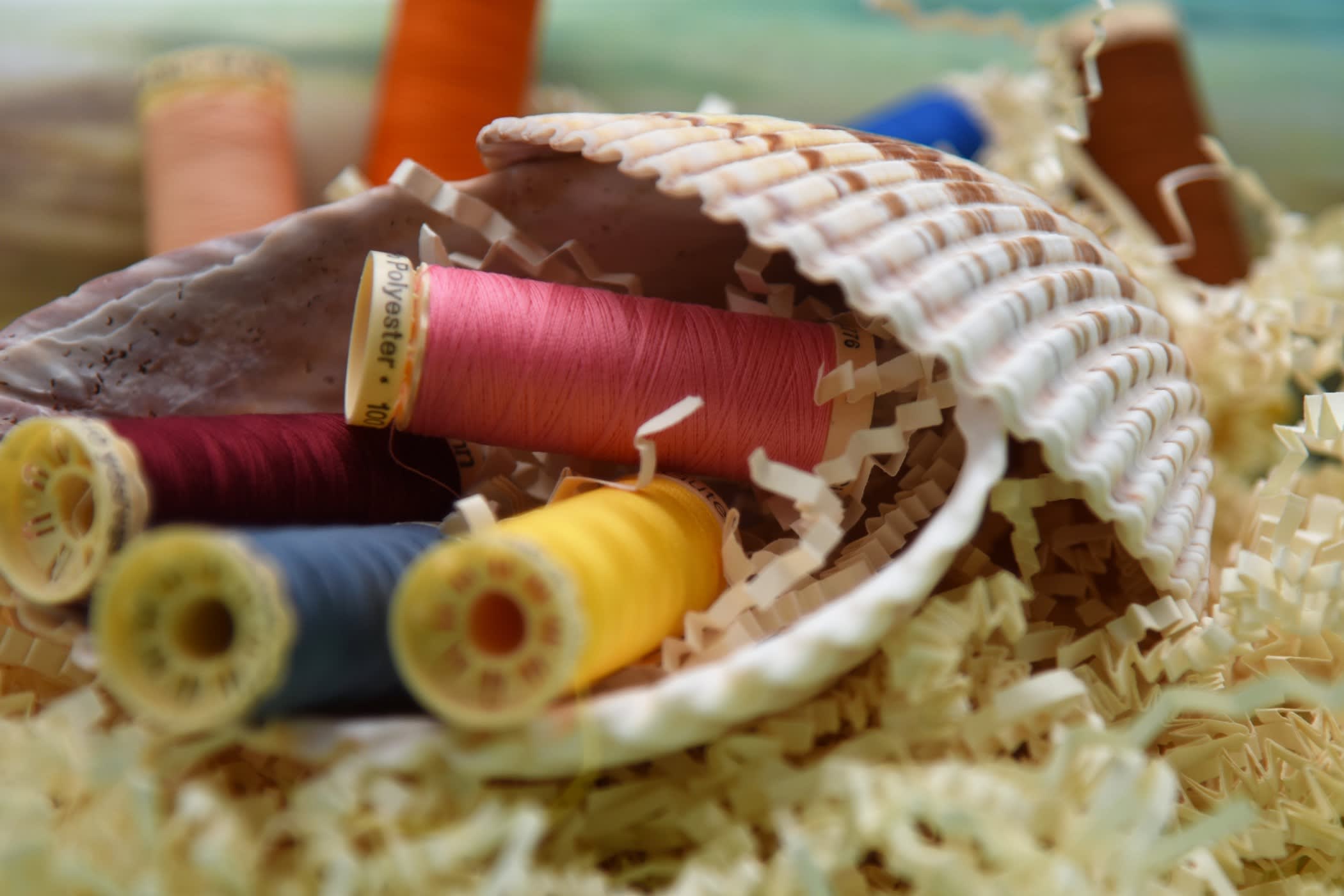Gender Pay Gap In The Apparel Industry - What Needs To Change?



The global garment industry has the potential to lift millions of women and men out of poverty worldwide. Reports suggest that the industry is responsible for generating 75 million jobs, where about 85 percent of workers are women. Despite the promising figures, gender pay gap in the industry remains a matter of concern. Researchers have found that women workers earn between 60 to 75 percent of men’s wages on an average. The discrepancy results in higher rates of poverty among women employed in the garment sector.
Studies conducted in the last decade considered corporate efforts to establish gender equality as inadequate. The Gender Baseline Assessment by the World Benchmarking Alliance looked into 36 most influential apparel companies to find out the initiatives taken by them on gender integration. As one of the key findings, the report pointed out that the companies need to be ‘more explicit’ about their actions impacting the female workforce. The lack of transparency in this regard reflects the low priority attached to women’s needs.
The Landscape of Gender Pay Gap

The Asian countries reportedly suffer from a higher gender pay gap. Despite their massive contribution to the industry, women continue to face sizable disadvantages. The male-female difference in garment sector earnings is the highest in Pakistan (64.5 per cent), followed by India (34.6 per cent). In comparison, the unadjusted pay gap ranges from around 17–25 per cent in the Philippines, Thailand and Vietnam.
In a survey conducted in September 2017, the Census Bureau of the United States reported that women in most areas of business still earn 20% less than their male counterparts. The situation is no better in the fashion industry. Data shared by the New York Times reveal that designer labels like Karen Millen actually promoted a shocking 49% gap, while beauty brand Benefit Cosmetics reported 30.7% pay gap.
Occupational segregation
For a holistic understanding of the factors that sustain the gap, we need to delve deeper into issues like occupational segregation. Women tend to be concentrated in certain low-paying, low-skilled positions within the garment industry, such as sewing machine operators and helpers. Their growth is affected by the stereotypes associated with women and men, their aspirations, preferences and capabilities, employers’ perceptions and attitudes, etc.
These tendencies have intensified over the last two decades as garment production became more technology-oriented. The jobs began to demand better skills and the pay improved, but with the conventional notion of men being better equipped with tech coming into play, a greater proportion of men entered the high-paying positions. A majority of women workers continue to work on contractual basis to this day.
Time for a transformative change

It is high time to recognize and acknowledge the contributions of women in the apparel industry. The companies need to have transparent policies where their safety is assured and needs addressed. Women workers are often underrepresented in the leadership domain, supervisory roles, and trade unions. This needs to change and equal representation needs to be brought about.
Very few countries have legislation that allows pregnant workers to access antenatal care without salary deductions. The common short-term contracts put pregnant women in a vulnerable position, forcing them to let go of maternity leave benefits. Lack of accommodation for such gender-specific needs allow employers to freely exploit women workers.
Both national and global policies can play a role in combating such discriminatory practices against women. We need to change the perception that women are only suitable for roles that require limited technical skills. Women are as capable as men when it comes to handling specialized machines in the factory, provided they receive adequate training. Segregation on the basis of gender should neither be promoted, nor should it become a tool for nurturing the gender pay gap within the industry.



















